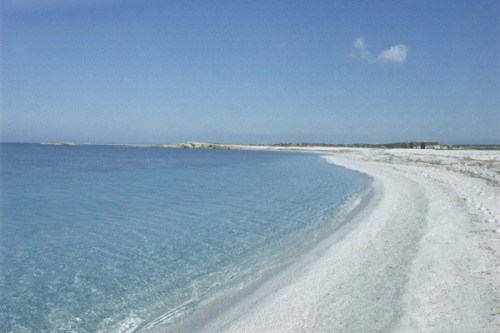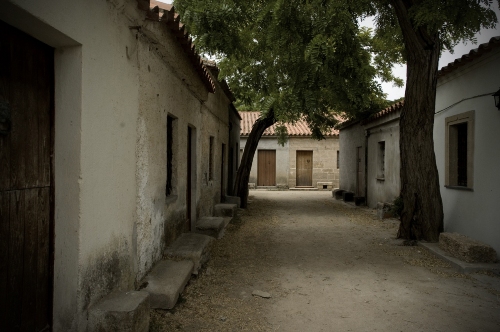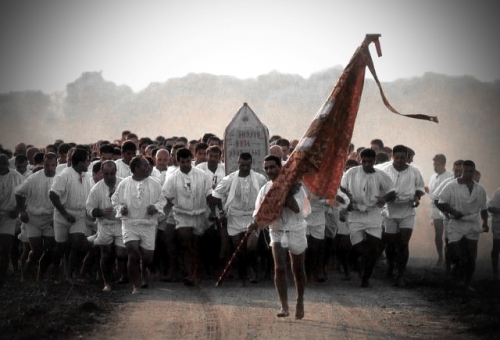September has arrived but it's still summer in Sardinia. For lots of people, the second largest island in the Mediterranean Sea is best known for the Costa Smeralda, where in 1962, the Arab Prince Aga Khan IV created the Consortium, making the northeast corner of Sardinia very, very expensive. Of course, the sea is the soul of the Island but there are a plenty of places to escape the crowds on Sardinia's hidden shores.
High temperatures and steam rising from the streets are reminiscent of San Salvatore di Sinis, a small Sardinian village outside Cabras near Oristano. It is a great example, far from mass tourism, of what you can find in Sardinia in the "off" season.
San Salvatore can seem to be deserted. This is a fascinating silent small village made up of narrow roads and low houses, but a "western" aura is still palpable. In fact, in the late 1950s this village was chosen for films called Spaghetti western and it was transformed into a Wild West town for movies.

Many westerns movies were shot in locations chosen for their inexpensive team and production costs as well as for their similarity to landscapes of the Southwestern United States. The intense scenes in Sergio Leone's westerns were filmed at San Salvatore di Sinis. The reason, one could argue, is that Sardinians might have been more realistically like the protagonists in the films as the nearby region has always been famous for its bandits and cloudy characters.
Although the saloon in San Salvatore has burned down, strolling throughout the movie village you'll find many house facades that resemble Mexican villages ones.

San Salvatore isn't only old west related.
Sardinia is a very traditional island. Rites, folklore and Christian liturgy vary in each town. In the province of Oristano you can watch many evocative processions around the year such as the ancient Festival of San Salvatore and the barefoot run. It takes place during the 1st week-end of September to recall the saving of the statue after an attack by the Saracens in the 1500s'.
A group of a thousand runners, all barefoot young men wearing white robes, carry the simulacrum of San Salvatore from the church of Santa Maria Assunta in Cabras to the rural church of San Salvatore. According to each Sardinian celebration, in the evening, the Festival of San Salvatore continues with grilled fish and Vernaccia wine, typical of this region, for everybody. The meeting of Pagan and Christian rites is linked in a mystique union, full of traditions and curiosities. Timing your holiday in Sardinia to coincide with a religious festival offers you the chance to experience the excitement, the religious traditions and celebrations. At night, the weak lights and the melodies create a striking effect, tightly linked not only to the Roman Catholic but also to the cycles of peasant activity.

Obviously, an additional face of the same province deals with the beaches of Oristano.
They are in many ways still wild and pristine; they are far away from mass tourism. The coast is less tourist exploited but nonetheless very attractive: the beach of the grains of rice Is Arutas, Mari Ermì, Putzu Idu, S'Archittu, or the romantic small beach of San Giovanni di Sinis, in the homonym peninsula, will surprise you for their simple beauty, as also has happened to me when I have discovered this hidden face of my Sardinia.